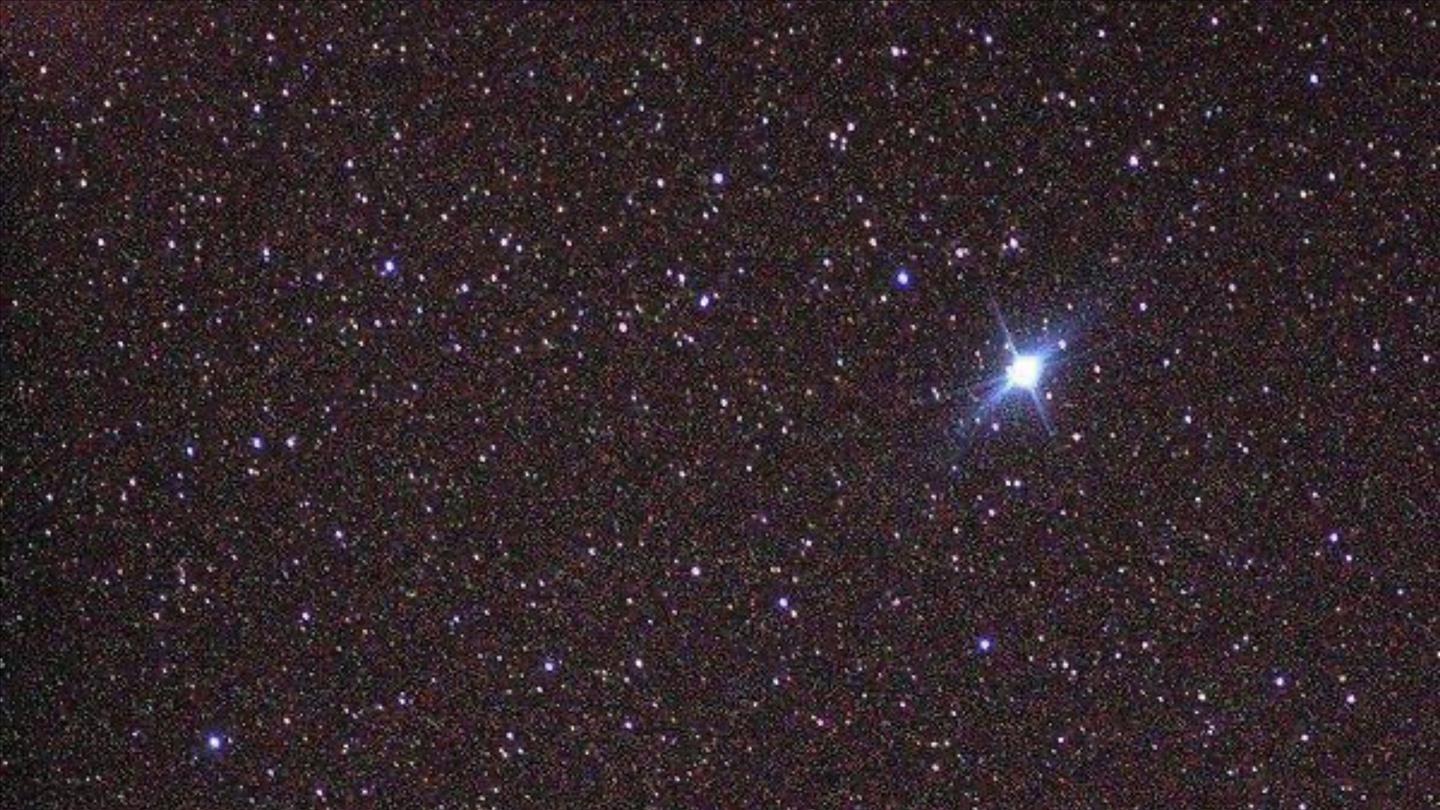
When Suhail Rises: The Star That Signals Change In Jordan's Skies And Stories
Amman, Sept. 14 (Petra) -- The annual appearance of Canopus (Suhail in Arabic), one of the brightest stars in the night sky, has once again captured attention in Jordan, symbolizing both cultural heritage and scientific significance.
For centuries, the rising of Canopus has been etched into Jordan's collective memory as a seasonal signal. Among Bedouin communities, its late-summer arrival heralds the retreat of extreme heat, the approach of autumn rains, and the start of the "Harif" season that precedes winter. Farmers have long relied on its timing to prepare soil for winter crops, while folklore immortalized it in proverbs such as, "If Suhail rises, beware the floods."
Farhan Al-Huqaysh, a Bedouin expert in traditional astronomy, explained that Canopus becomes visible in the Levant around late August. "Its rising has always been a symbol for the desert people," he said. "It signals the cooling of the land, the promise of rain, and the start of the agricultural cycle." The star's 52-day season marks plowing and sowing, followed by the "Nawa" period the onset of rains, divided into three traditional stages known as Thurayya, Jawza, and Shi'ra.
The star also features prominently in folk symbolism. Sirius, known locally as Al-Marzam, is linked with the rumbling skies and the calls of mother camels to their newborns imagery that Bedouins use to portray the heavens as nurturing, a metaphor for abundance and blessing.
Beyond folklore, Canopus holds scientific prominence. Dr. Ali Al-Taani, professor of astrophysics at Al-Balqa Applied University, described it as the second brightest star after Sirius, with a luminosity 10,000 times greater than the Sun. It is roughly eight times as massive, 71 times larger in volume, and lies 313 light years from Earth. Currently, it can be observed low in the southern sky about 30–60 minutes before sunrise, with its naked-eye visibility expected to increase in the coming weeks.
Al-Taani noted that Canopus' season lasts around 52 days, divided into four phases that mark the gradual transition from lingering summer heat to the cool nights of autumn. "For Arabs across history," he said, "its rising has always signaled the breaking of the intense summer and the return of balance in nature."
In Jordan, Canopus thus stands at the intersection of tradition and science a celestial marker that has guided generations in their daily lives, while continuing to draw the fascination of astronomers today.

Legal Disclaimer:
MENAFN provides the
information “as is” without warranty of any kind. We do not accept
any responsibility or liability for the accuracy, content, images,
videos, licenses, completeness, legality, or reliability of the information
contained in this article. If you have any complaints or copyright
issues related to this article, kindly contact the provider above.


















Comments
No comment